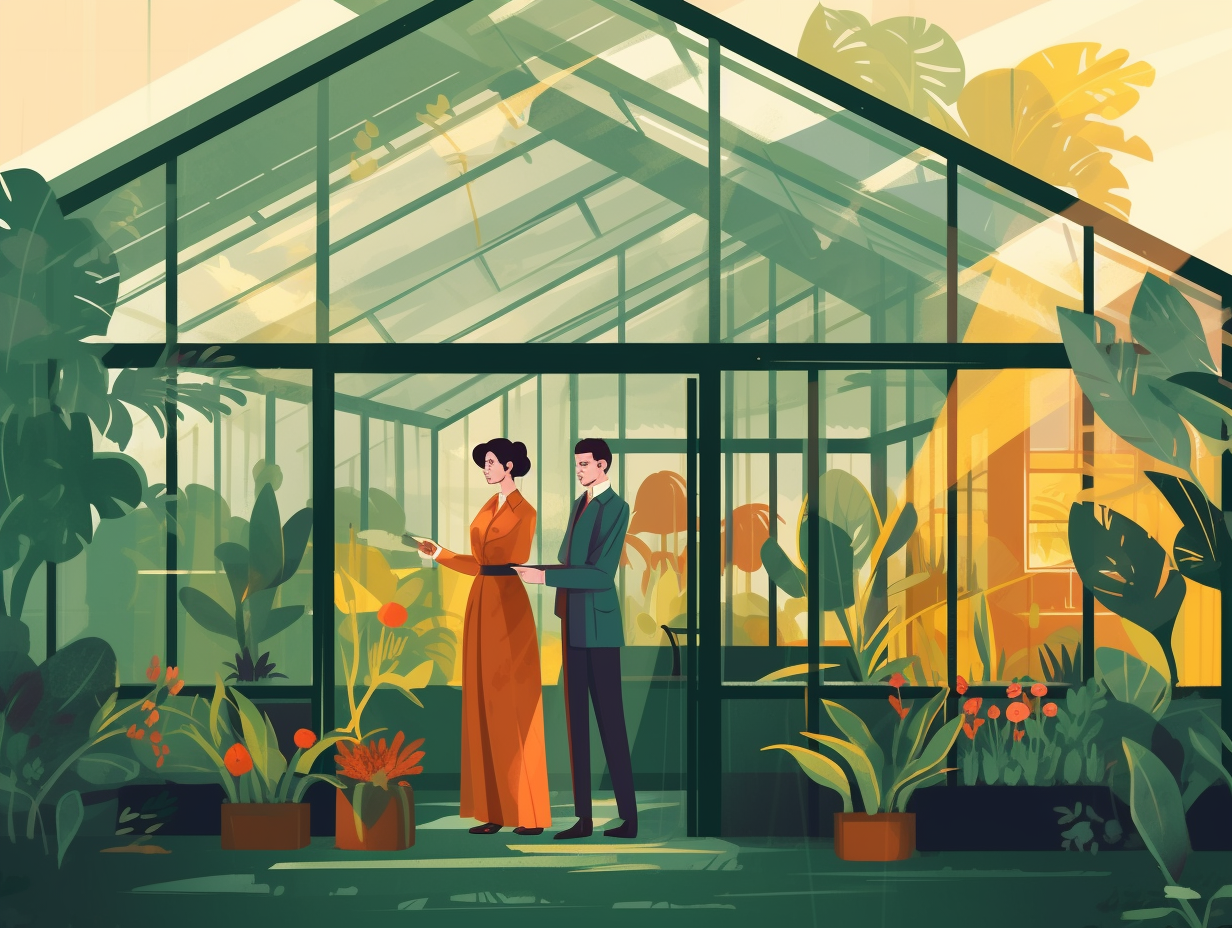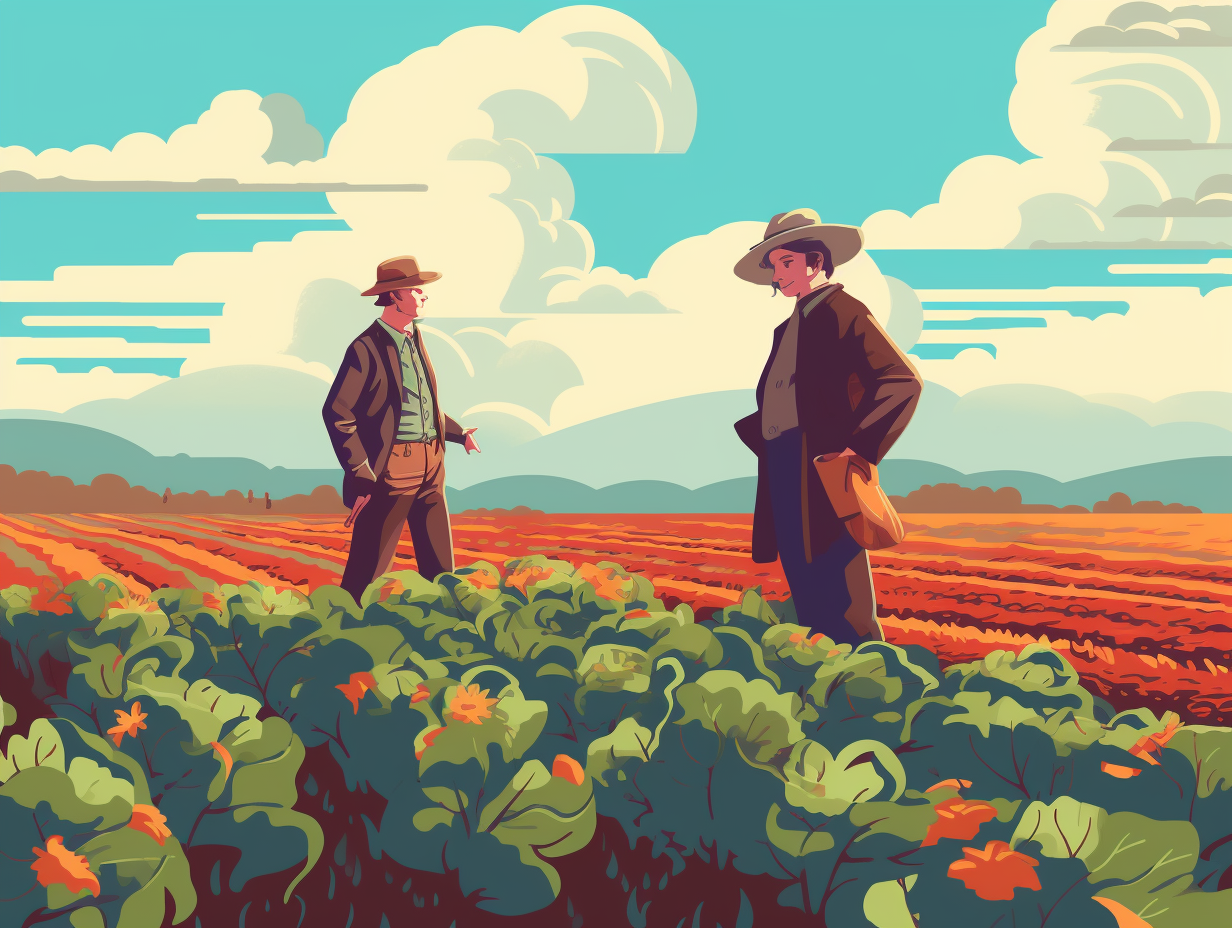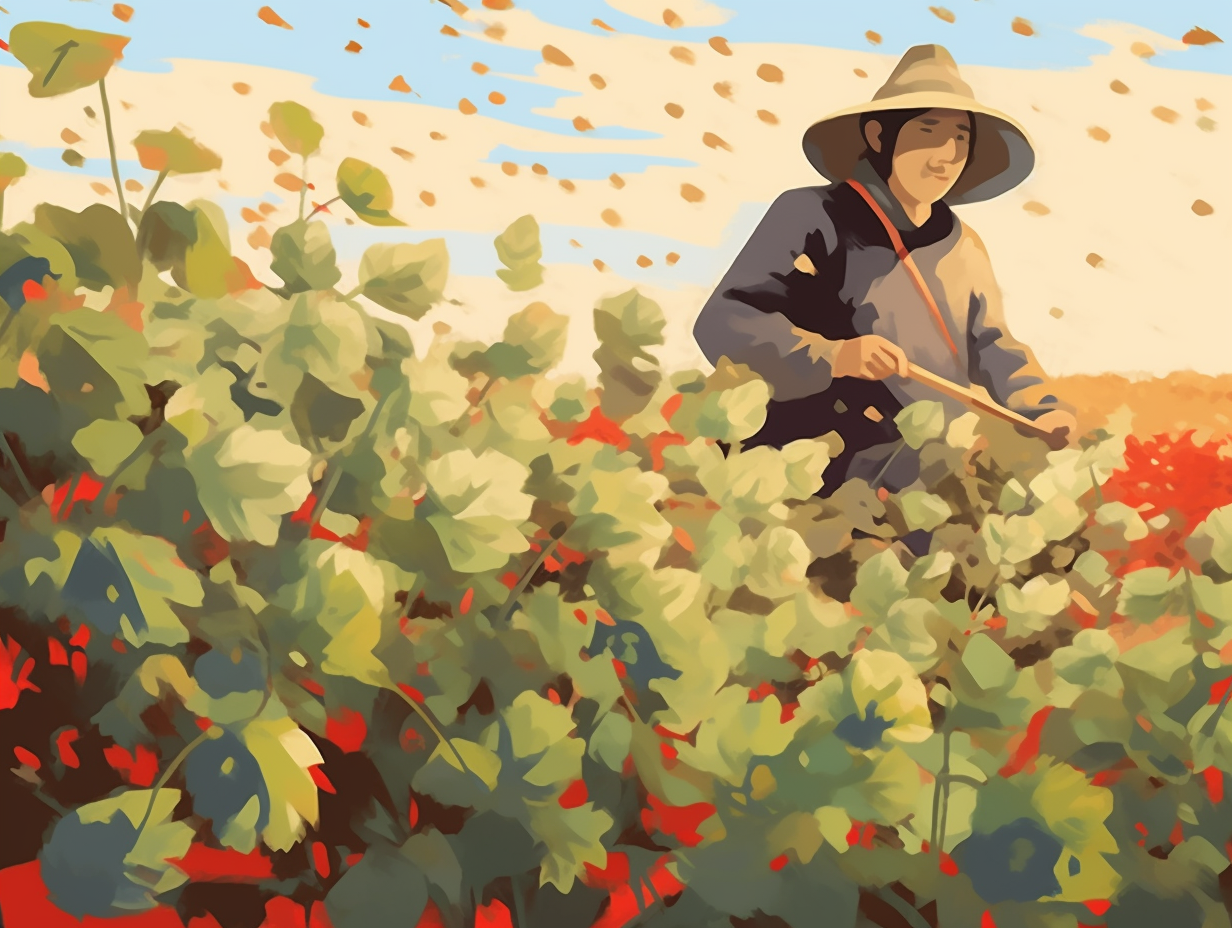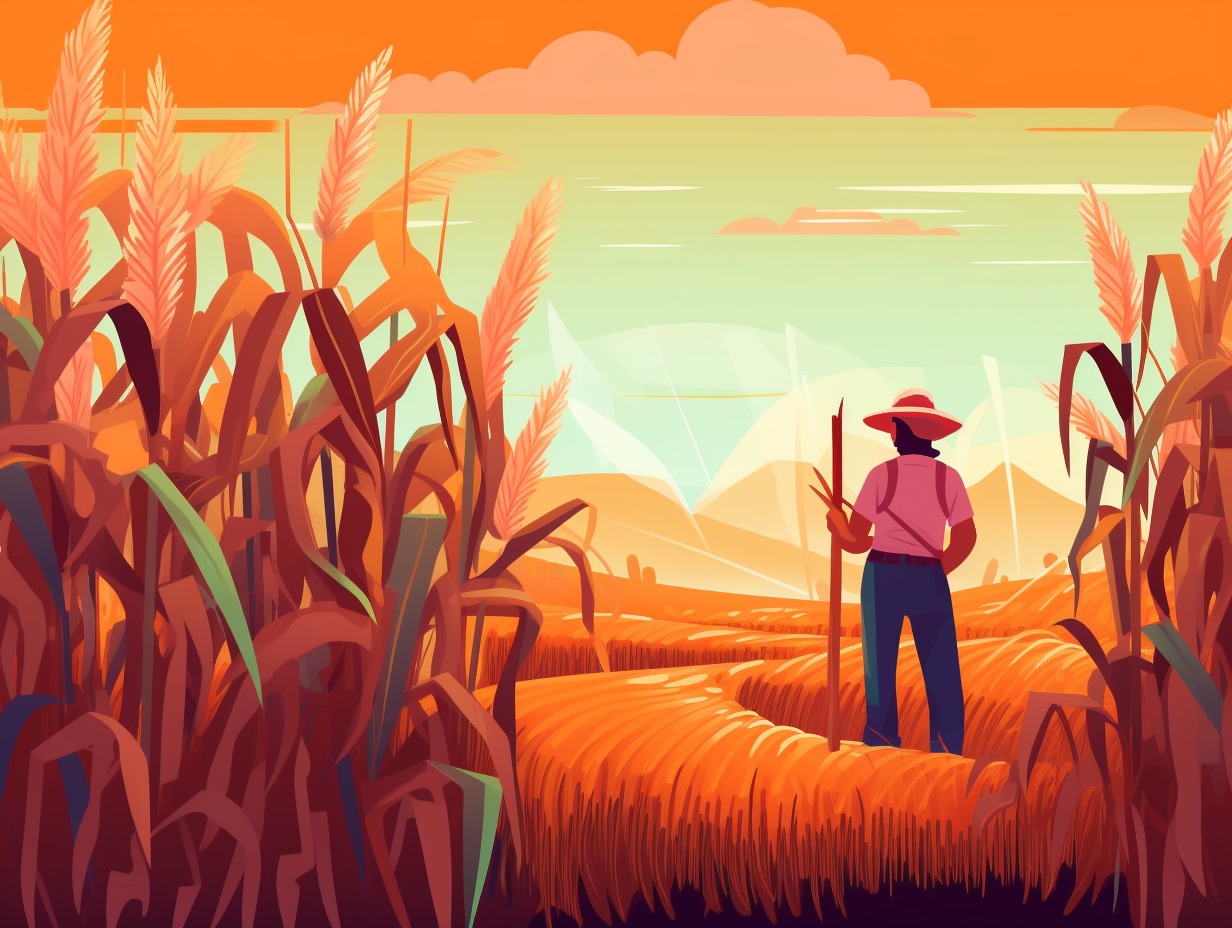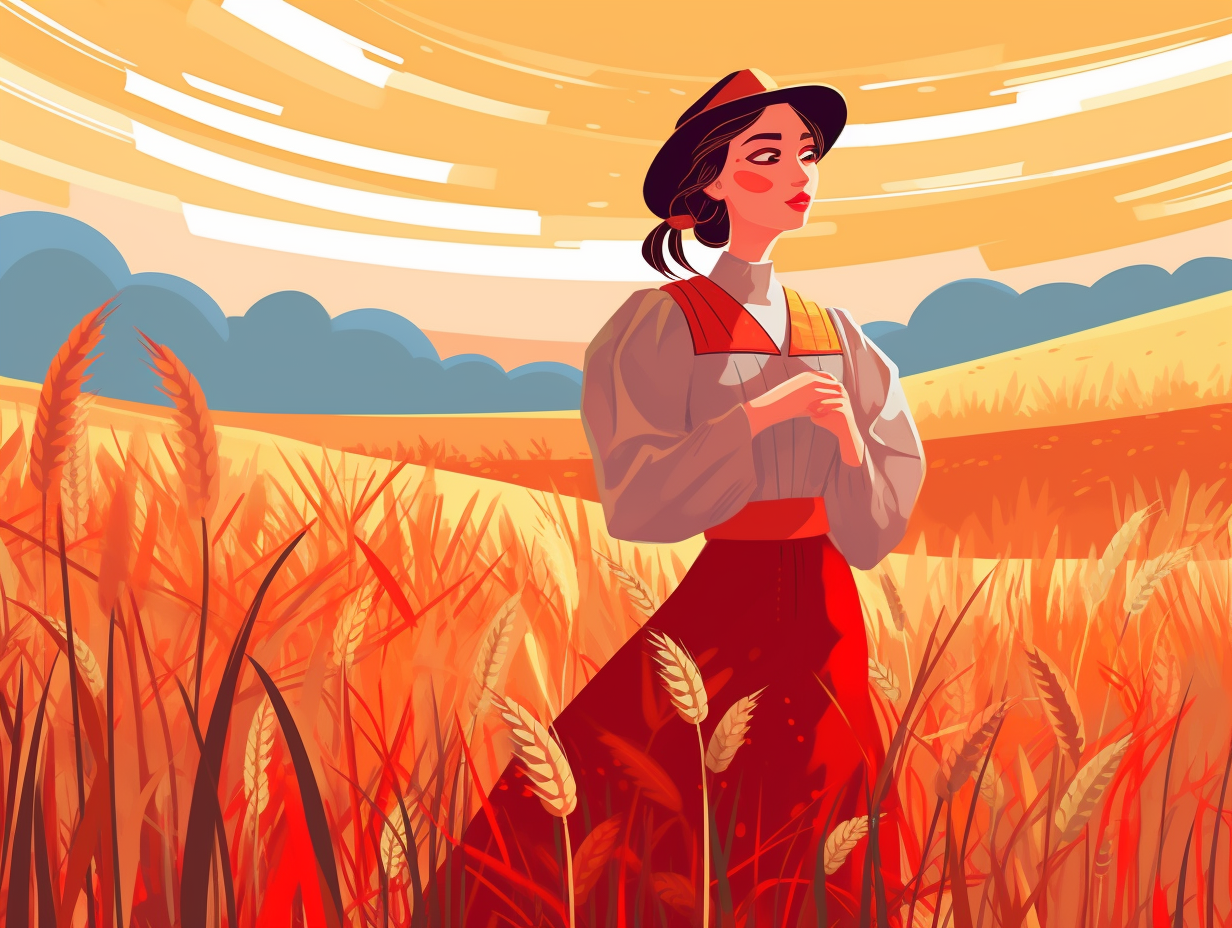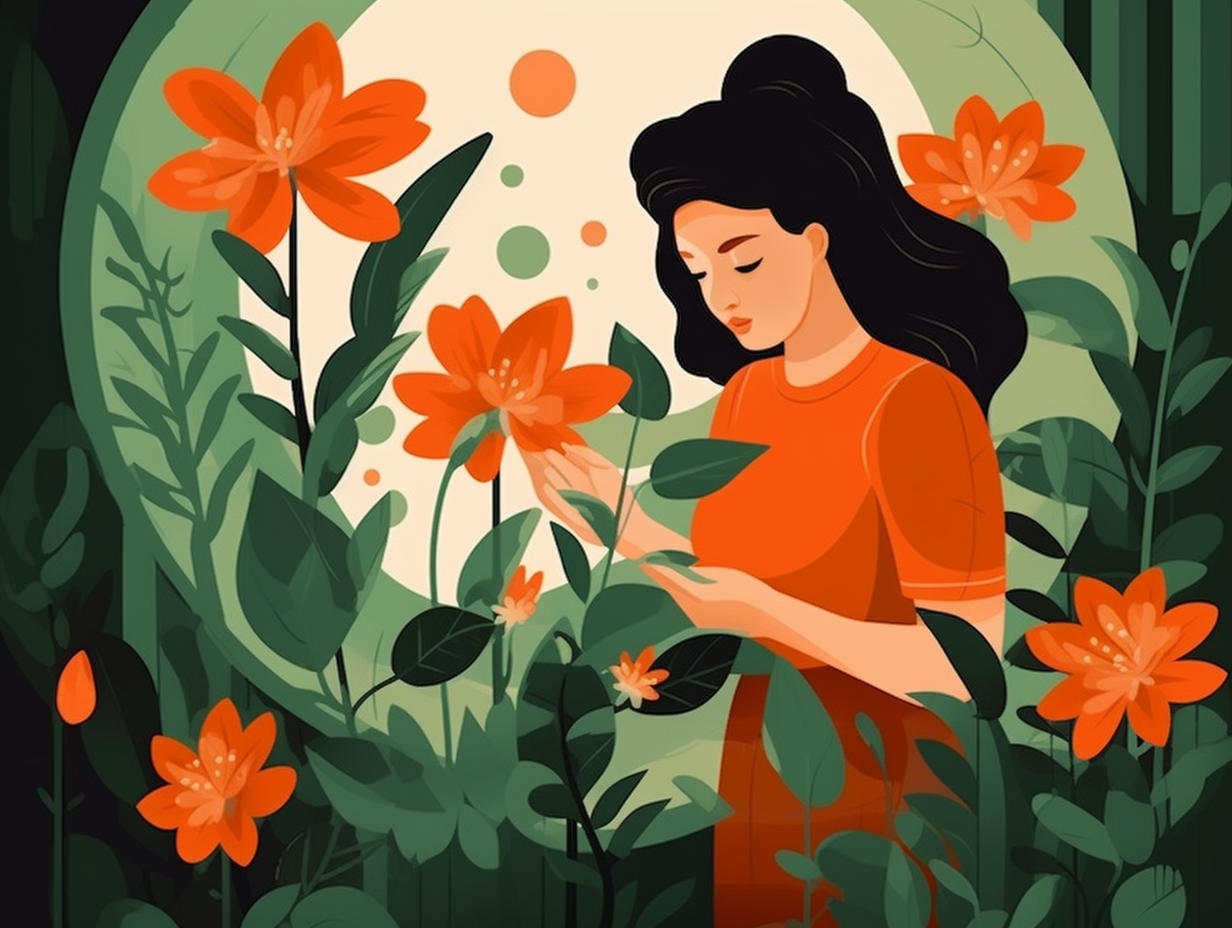Discover the Top 4 Amazing Fun Facts About Commercial Gardening You Never Knew!
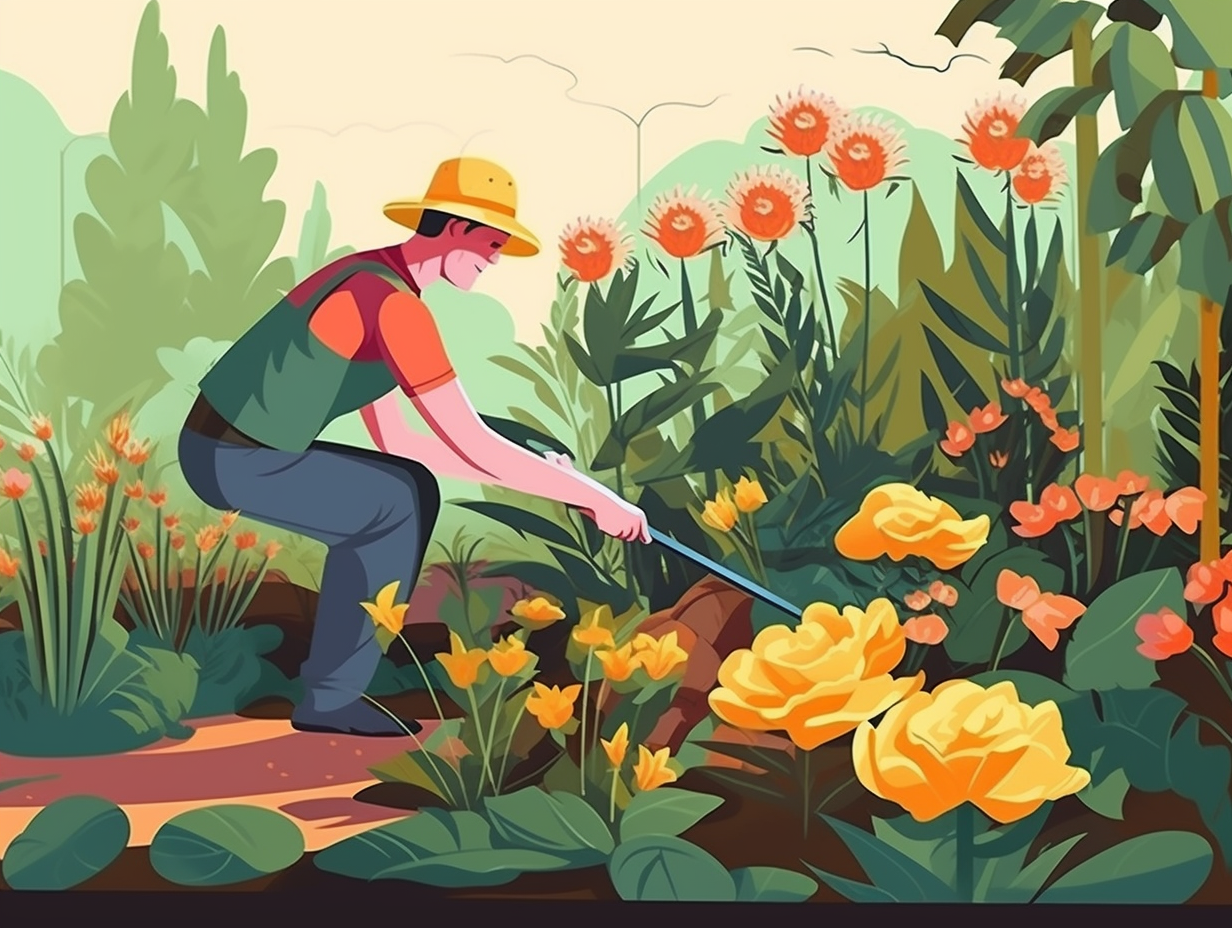
1. Fruit Tree Musical Chairs
Fruit trees are playing a high-stakes game of musical chairs in the world of commercial gardening: they don't grow from seeds, but rather get grafted onto rootstocks to maintain their delicious flair. In this botanical version of mix-and-match, dwarf rootstocks are suited for apples and sweet cherries, but sorry peaches, plums, and apricots, no small stock for you! Plus, the shorties are a bit delicate – they need stakes for support, lest they collapse under the burdens of their fruitful destinies.
Source => extension.umaine.edu
2. Plant Tinder: Cross Pollination Edition
When plants swipe right: they're not just looking for a hot date, they're engaging in cross pollination and grafting in the world of commercial gardening! This strategic plant matchmaking results in stronger, more resilient offspring that can withstand diseases and pests, but it's a strict members-only club - only plants from the same category can be combined, no interspecies mingling allowed.
Source => wikihow.com
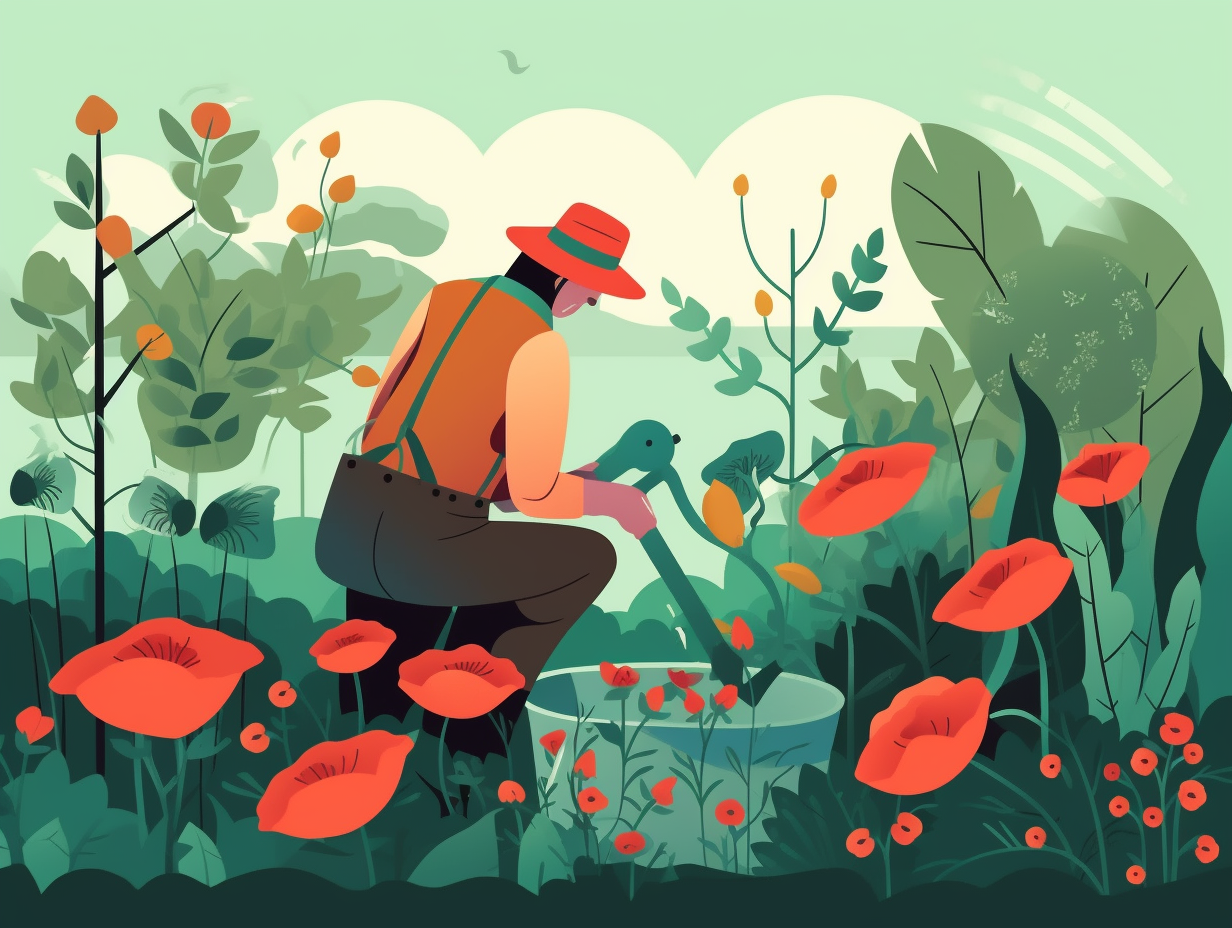
Discover the surprising connection between female voices and thriving plants! Learn how a Royal Horticultural Society study found that tomato plants exposed to women's voices grew taller than those serenaded by men. 🌱🎶👩
=> Fun Facts about Gardening
3. Veggie Superhero Squad
Before the days of superhero teams like The Avengers, Earth's mightiest food protectors were in the form of the good old-fashioned veggie squad: the Native American's three sisters planting method showcases the power of companion planting as an efficient pest control solution in commercial agriculture.
Source => unsustainablemagazine.com
4. Tomatoes & Bumblebees: Ultimate Greenhouse Duo
In a buzzworthy turn of events, tomatoes and bumblebees have joined forces to create a 'pomtastic' greenhouse alliance: since the late 80s, commercial gardening has enlisted the help of bumblebees as pollinators, making them particularly indispensable for tomato crops, and also reducing chemical residues in fruits compared to when synthetic auxins like 2,4-D were used.
Source => wikifarmer.com


